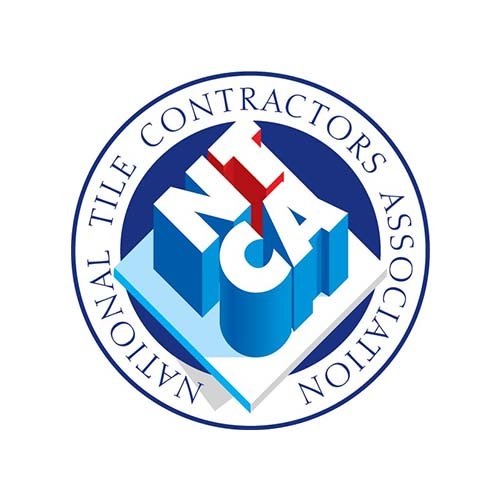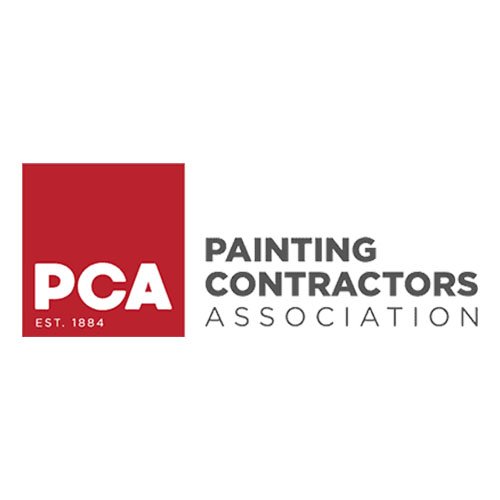Embarking on a home renovation is both exciting and, let’s be honest, a little intimidating. Whether you’re updating a single room or giving your entire house a facelift, a well-thought-out plan is your best friend.
This guide walks you through each crucial step, ensuring a smooth and stress-free renovation. From budgeting to contractor selection, we’ve got you covered—plus, we’ll help you brace for those inevitable surprises (because let’s face it, there will be a few).
By following this roadmap, you’ll not only survive your home renovation—you’ll enjoy the process. Ready to transform your space? Let’s dive in.
Step 1: Define Your Renovation Goals
Before swinging a hammer, get crystal clear on what you want to achieve. Do you dream of an open-concept kitchen, a luxurious bathroom, or a cozy reading nook? Jot down your must-haves and nice-to-haves.
Think beyond aesthetics—functionality is just as important. Will this renovation make your home more practical? More energy-efficient? More valuable? A well-defined vision will serve as your North Star throughout the process.
Step 2: Set a Clear Budget
Ah, budgeting—the part no one wants to talk about but absolutely must. Before diving in, crunch the numbers. How much can you realistically spend?
A golden rule: always include a contingency fund. Unexpected expenses lurk behind walls and under floorboards—hidden water damage, outdated wiring, or that “small fix” that suddenly turns into a major overhaul. Setting aside 10-20% of your budget for surprises can save you a world of stress.
Step 3: Prioritize Renovation Tasks
Once your goals and budget are set, it’s time to prioritize. Not all projects are created equal—some upgrades add significant value, while others are purely cosmetic.
Ask yourself:
- Which areas need immediate attention? (Leaky roof? Cracked foundation? These come first.)
- Which projects will give the most bang for your buck? (Kitchen and bathroom upgrades often top the list.)
- What can wait? (That custom wine cellar might need to take a backseat for now.)
A prioritized list keeps your renovation focused and ensures essential improvements don’t get overshadowed by “nice-to-have” upgrades.
Step 4: Research Local Building Codes and Permits
Skipping this step could mean major headaches down the road. Every city has specific building codes and permit requirements, and violating them can lead to hefty fines, delays, or even project shutdowns.
Before work begins:
✅ Check with your local municipality about necessary permits.
✅ Verify zoning laws to ensure your plans comply.
✅ Make sure any structural changes are approved by a professional.
Taking care of permits upfront helps your renovation move forward without legal roadblocks.
Step 5: Create a Realistic Timeline
Rome wasn’t built in a day—and neither will your dream home. Renovations take time, so build a realistic schedule with buffer periods for unexpected delays (because, trust us, they’ll happen).
Consider:
- The time needed for research and material selection.
- Delivery timelines for custom orders.
- Weather conditions if your project involves exterior work.
A flexible, well-structured timeline keeps your renovation on track and helps reduce frustration when things don’t go exactly as planned.
Step 6: Hire Reputable Contractors
Your contractor can make or break your renovation experience, so choose wisely. The cheapest option isn’t always the best, and a contractor’s availability doesn’t guarantee quality.
Here’s how to find a pro who fits your project:
- Verify licenses and insurance—you don’t want to be liable for accidents.
- Check reviews and testimonials—past clients can offer valuable insights.
- Compare multiple quotes—but beware of deals that seem too good to be true.
- Prioritize communication—a great contractor listens, offers solutions, and keeps you in the loop.
Finding the right team ensures your vision comes to life without unnecessary stress.
Step 7: Plan for Design and Materials
Now comes the fun part—designing your dream space! Gather inspiration from magazines, Pinterest, or home improvement shows. Create a mood board to visualize colors, textures, and layouts.
When choosing materials, think long-term:
✔ Durability matters—opt for materials that withstand wear and tear.
✔ Maintenance is key—some materials look stunning but require constant upkeep.
✔ Budget smartly—splurge on statement pieces, save on things that can be updated later.
Your design choices should reflect both your personal style and practical needs, ensuring a timeless and functional result.
Step 8: Prepare for the Unexpected
If there’s one absolute truth about home renovations, it’s this: something will go wrong. A hidden plumbing issue, a backordered material, or an unexpected permit delay—it’s all part of the journey.
The best approach? Stay flexible.
- That contingency fund you set up? You’ll probably use it.
- Your timeline? Expect to tweak it.
- Your patience? It might be tested, but the end result will be worth it.
A little preparation and a positive mindset will go a long way in handling these hiccups.
Quality Control and Enjoying Your Renovated Home
You did it! Before settling in, do a final walkthrough to ensure every detail meets your expectations. Check for:
✔ Proper finishes on walls and trim
✔ Functioning outlets and light fixtures
✔ Smooth-operating doors and cabinets
✔ Any remaining touch-ups or minor fixes
Once everything is just right, it’s time to celebrate. Pour yourself a glass of wine (or coffee, if that’s more your style), take in your beautifully renovated space, and enjoy the fruits of your hard work.
Your home is more than just a structure—it’s where life happens. Savor it.








